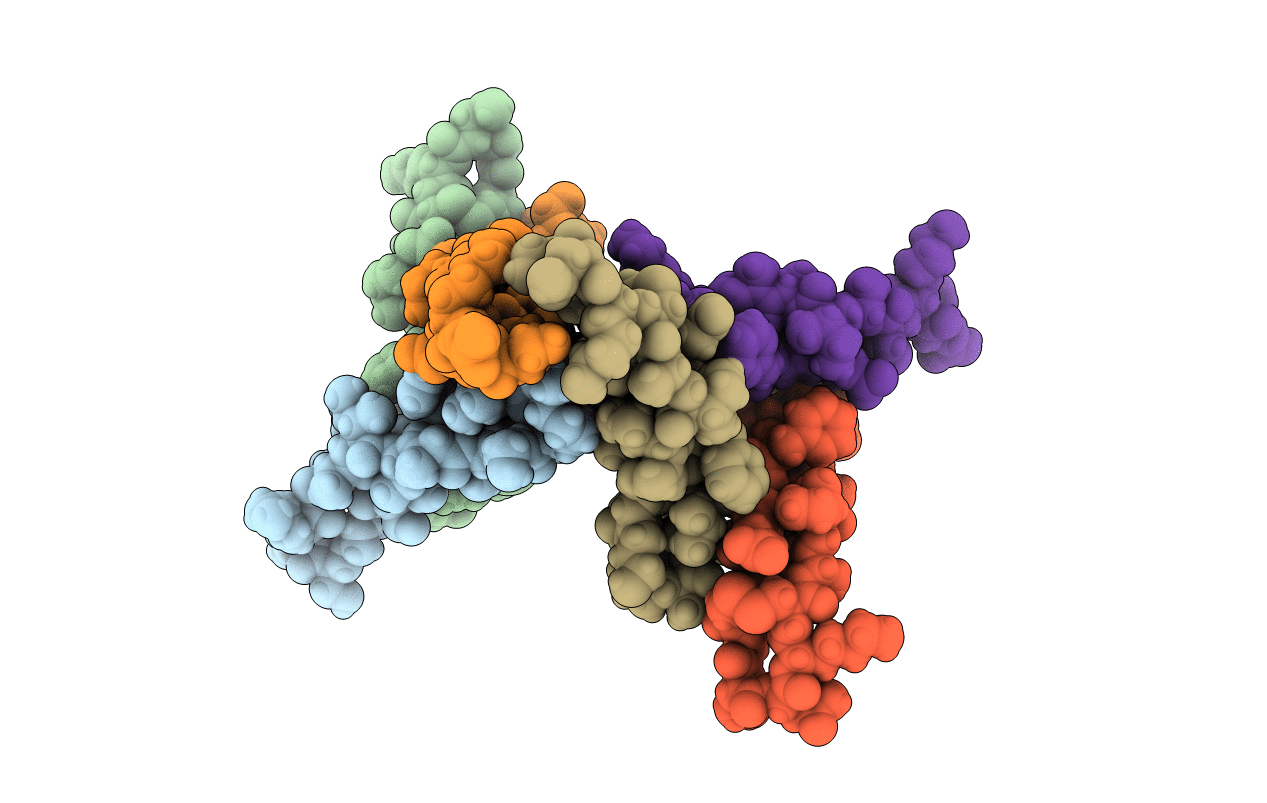
Deposition Date
2016-01-19
Release Date
2016-03-23
Last Version Date
2025-04-02
Entry Detail
PDB ID:
5HOW
Keywords:
Title:
X-ray crystallographic structure of an Abeta 17-36 beta-hairpin. LV(PHI)FAEDCGSNKCAII(SAR)L(ORN)V
Biological Source:
Source Organism:
Homo sapiens (Taxon ID: 9606)
Method Details:
Experimental Method:
Resolution:
2.30 Å
R-Value Free:
0.26
R-Value Work:
0.23
R-Value Observed:
0.23
Space Group:
P 61 2 2


